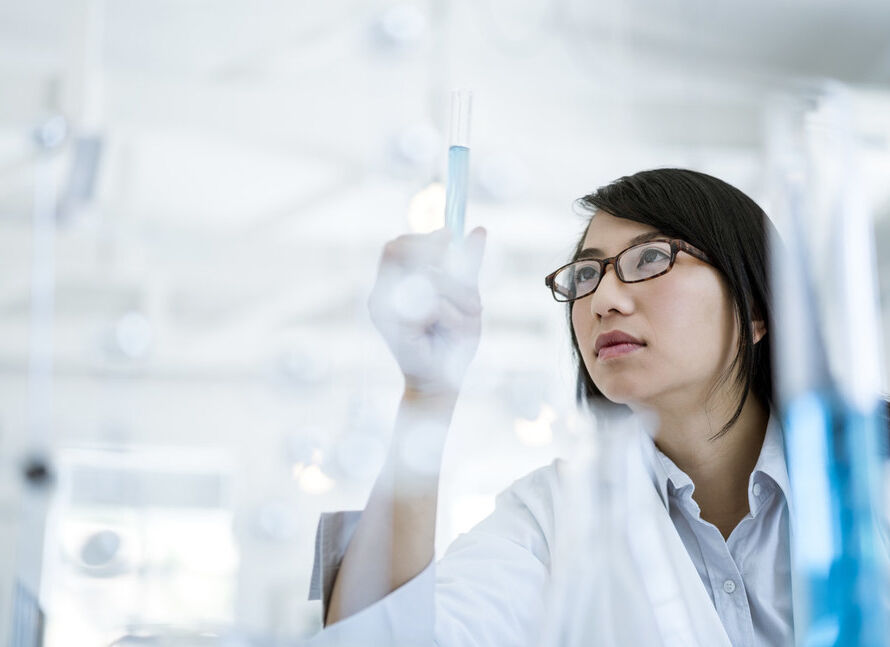Visualizing Science: How AI Transforms Medical and Scientific Illustration ===
In the realm of medical and scientific illustration, the marriage of art and science has always been a remarkable endeavor. However, with the advent of Artificial Intelligence (AI), this creative fusion has reached new heights. AI has revolutionized the way we visualize science, bringing a plethora of benefits to researchers, doctors, and illustrators alike. This article delves into the impact of AI on medical and scientific illustration, exploring the advancements that have been made and the endless possibilities that lie ahead.
The Creative Fusion: AI Revolutionizes Medical and Scientific Illustration
Gone are the days when medical and scientific illustrations were solely the result of laborious and time-consuming manual work. AI has emerged as a game-changer in this field, allowing for more efficient and accurate visualizations. With AI-powered platforms, artists can now generate highly detailed and precise illustrations in a fraction of the time it would take manually. This creative fusion of human skill and AI’s computational power has paved the way for stunning visuals that aid in the understanding of complex scientific concepts.
Moreover, AI has proven to be invaluable in enhancing the accessibility of medical and scientific illustrations. Traditional illustrations often require a deep understanding of the subject matter, making them less accessible to those without specialized knowledge. AI has the ability to analyze vast amounts of data and distill it into intuitive visual representations that can be easily understood by a broader audience. This democratization of knowledge through AI-generated illustrations promotes scientific literacy and enhances communication between researchers, medical professionals, and the general public.
Unveiling the Artistic Intelligence: AI’s Impact on Visualizing Science
One of the most remarkable aspects of AI’s impact on medical and scientific illustration is its ability to learn and adapt. Machine learning algorithms can analyze vast databases of existing illustrations, extracting patterns and styles to create new visuals that adhere to specific scientific disciplines. AI can even mimic the artistic techniques of renowned illustrators, resulting in illustrations that possess a level of expertise and authenticity previously unimaginable.
Furthermore, AI has the potential to transform the way we visualize complex scientific data. With its computational power, AI can process and interpret massive datasets, generating interactive visualizations that allow researchers to explore and understand intricate scientific phenomena. This dynamic and interactive approach not only enhances scientific discovery but also engages the viewer in a captivating and immersive experience.
The fusion of art and science has always been a powerful combination, but AI has taken this collaboration to new heights. The impact of AI on medical and scientific illustration is undeniable, revolutionizing the way we visualize science. With its efficiency, accuracy, accessibility, and adaptability, AI has opened up a world of possibilities for artists, researchers, and medical professionals. As we continue to explore the potential of AI in visualizing science, we can only imagine the extraordinary advancements that lie ahead.


